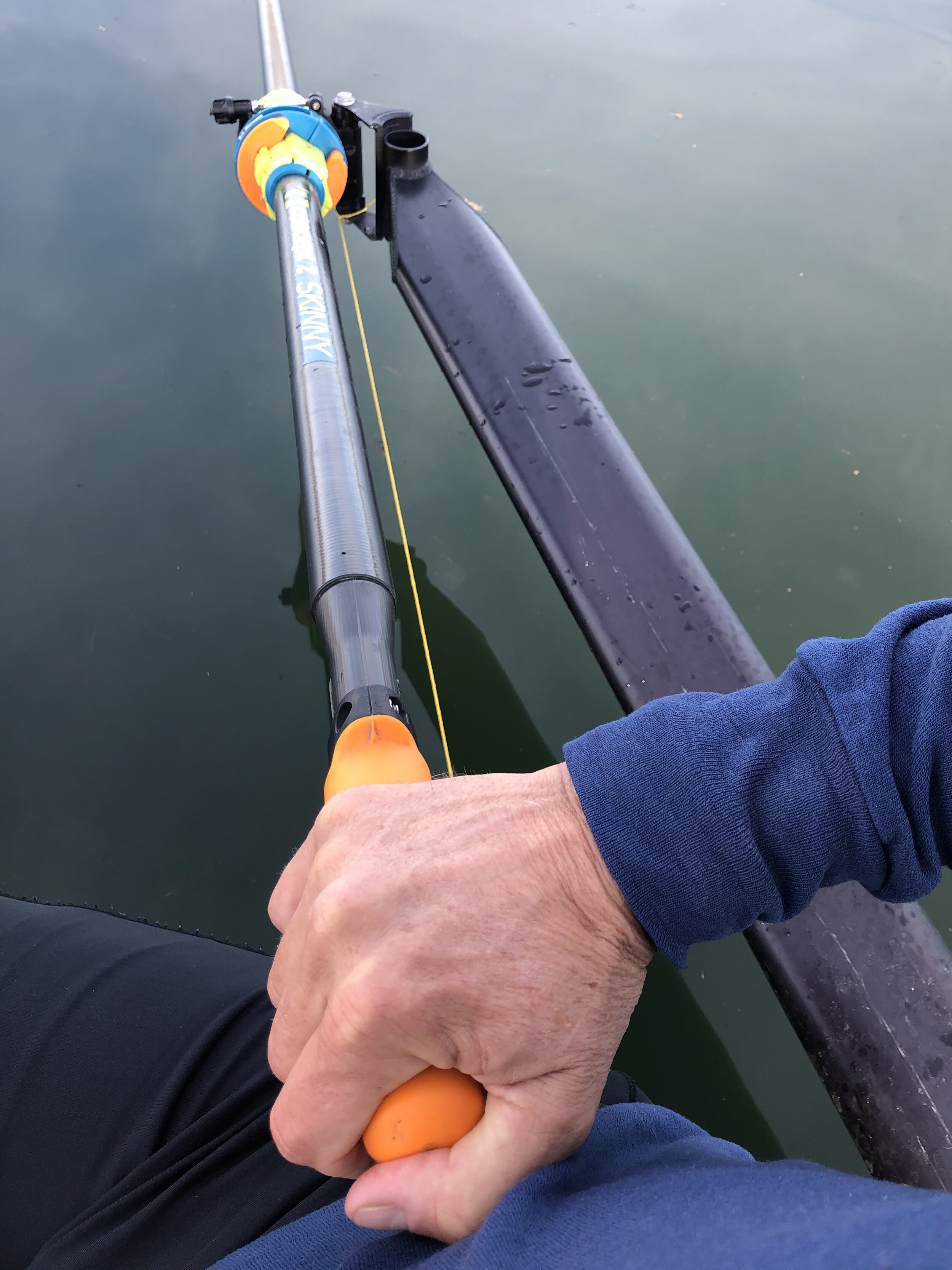A Simple Way to Position Rowers at Catch and Finish Angles
John Thornell
by John Thornell, Grok Rowing Founder, Stonington Crew Girls Head Coach
Coaches who have marked catch and finish angles on gunwales for their crews might have encountered a bit of a challenge. Where, exactly, should rowers’ oars align with the markings to achieve the desired angles?
The gunwale-marking technique is a significant improvement over not measuring angles at all. But it isn’t an exact method. This is especially true in a narrow single when the finish-angle markings are out-of-sight, beneath the rower’s body.
A previous post recommended marking gunwales 3 cm to the stern of the marked angle. There’s a reason for this. Methods, including the angle measurement tool use an oarlock pin's center to set catch and finish angles. The issue is that the oar, when placed in the oarlock, is not positioned at the center of the pin.
The oar is offset to stern by 1.5 cm in sweep rowing and 1.0 cm in sculling (the approximate distance from the center of the pin to the face of the oarlock). In addition, there are different oar-shaft widths and types of sleeves that can affect the measurements.
Instead of anticipating all the different variations in oarlocks, sleeves, and oar shafts, we suggest a simple and affordable way to help crews achieve desired angles.
String!
Yup, that’s it. Six feet of string is all it takes. Temporarily connect a brightly-colored line from the oarlock pin to the gunwale at the target catch and finish angle measurements. This provides a visual for the rower (and the coach). Rowers simply position themselves, so the oar shaft is parallel to the line at each end of the stroke.
Once a rower’s position is set, the string can be removed.
Of course, if the rigging changes, the angles need to be set again. If rowers move to another seat, the string method can help position themselves in their new home.


